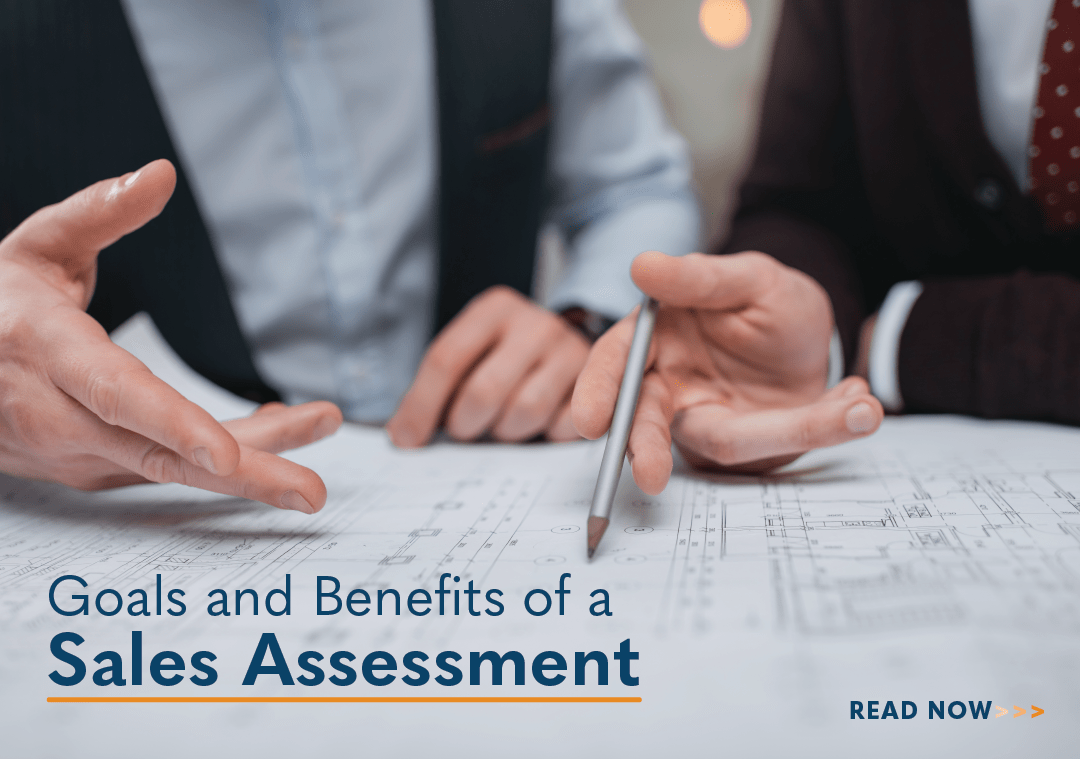3 Simple Sales KPIs for High Performing Sales Teams

When did selling get so complicated you need a Ph.D. in Data Statistics to manage your CRM? As more technology gets added to the sales tech stack, more reports are needed to keep track. Determining which metric to track can feel overwhelming. If you’ve ever felt more like a data scientist than a sales leader, the sales KPIs we list below will help you streamline your reporting, save you time and keep you focused on what matters most, winning new business.
As sales leaders, we can drown in data. Information overload and analysis paralysis are real symptoms that prevent sales leaders from maximizing team performance. As more and more of the sales process shifts to digital, a mountain of data is created that can overwhelm the most sophisticated sales leader. If your team is reviewing more data than ever and still missing quota, it might be time to re-focus.
Sales will always be a people business. The most valuable use of our salesperson’s time is when they are in direct conversation with potential clients. Their job is to help clients solve problems. The more effective and efficient they are in their communications, the greater value they deliver for both the client and your company.
Below are the Sales KPIs modern sales leaders can re-focus on to bring clarity to their sales process.
Conversion Ratios
When we talk about conversion ratios, what we are tracking are the conversations at each step of the sales process. The three examples conversions to track are:
- Lead Qualification to Demo
- Demo to Proposal
- Proposal to Close
Each step in the process gives us an incremental improvement opportunity. If we can improve each stage by 10 percent, we can have an exponential impact on the outcomes. For example, some sales reps may be very strong on closing, but have a low lead qualification to demo ratio. Knowing these ratios allows you to zone in on the specific areas that represent overall potential improvement.
The overall win ratio represents your team’s ability to win deals versus lose deals. A good win rate shows your sales and marketing process are in alignment and all things are working together to get you the outcome you desire. Analyzing the conversion rates of your sales cycle stages can help fine-tune sales conversations, identify pain points, ensure your pipeline is filled with qualified leads, and achieve your overall win ratio goal.
The best way to increase win ratios is to make sure your sales team is modeling effective sales behaviors at each stage of the sales process. The best way to monitor sales behaviors is to track the KPIs at each stage of the process. Modern selling is a science, and there is no room for guesswork. Once your team has the blueprint for sales success, managers only need to ensure they are following the plan. Typically, when sales slow, there is a reason why. Use this as your guide to identify the issue and put interventions in place to fix it.
Lead Response Time
This is another sales KPI that is often overlooked. The more time that elapses between a lead reaching out and the time the sales rep responds, the less likely it is for a conversion to happen. In a 2021 study by InsideSales.com on lead response times they found companies that wait longer than 5 minutes before responding to a lead, see an 8x drop in lead conversions. The study also found that only 1% of companies can respond to new leads in less than 5 minutes.
Imagine you are a potential customer. You go online and search for a possible solution to a problem you’re tired of living with. You find a solution that’s interesting and you fill out a form for more information. After you complete that form, what do you do? Do you sit there patiently waiting for your phone to ring, or do you hit the back button and keep searching for more solutions?
The slower your lead response time, the more competitors your prospect will contact. The prospect could be in so much pain, the first person who solves their problem wins the business. That’s why we are believers in the saying, “time kills deals.” If you want to increase your odds of success, have your sales rep respond to leads faster. The company that connects with the prospect first is much more likely to win the deal.
Sales Velocity
This may be the most important metric you are not measuring. Sales velocity is measuring how quickly your sales team is generating revenue. It tracks how fast prospects move through the sales pipeline and turn into revenue. By tracking your sales velocity, sales leaders can forecast how much revenue they will generate over a specific time period.
The formula for sales velocity is:
Sales Velocity (SV) = Number of leads x average deal size x conversion rate divided by the average length of sales cycle
If a rep has 10 leads with an average deal size of $15,0000 each, a 25% conversion rate, and an average sales cycle of 90 days it would look like this:
(10 x 15000 x .25) / 90 = 416.66
Improving sales velocity is key goal for sales leaders. Like other areas of the sales process incremental improvements in one area can have exponential impact on outcomes. Most companies focus on improving deal size however shorting the length of the sales cycle can have the biggest impact on sales velocity. When sales reps do a better job of creating urgency, prospects move through the pipeline faster.
The above KPI’s are not esoteric data points, but simple metrics the sales leaders can measure consistently. When sales reps qualify prospect better, respond to leads faster and increase the sales velocity, performance improves. By tracking these key KPI’s sales leaders can clearly see what’s happening and where to focus development efforts. As a sales leader, you want to minimize the distractions and allow your team to maximize sales activities that result in winning more business.

- Account Planning (16)
- Awards (42)
- Client Testimonial (37)
- Personal Branding (21)
- Podcast (12)
- Research (77)
- Sales Career Development (90)
- Sales Coaching (164)
- Sales Consulting (141)
- Sales Culture (181)
- Sales Enablement (380)
- Sales Leadership (110)
- Sales Management (267)
- Sales Negotiation (11)
- Sales Prospecting (136)
- Sales Role-Playing (19)
- Sales Training (242)
- Selling Strategies (279)
- Soft Skills (78)
- Talent Management (101)
- Trusted Advisor (29)
- Virtual Selling (57)
- Webinar (13)




























